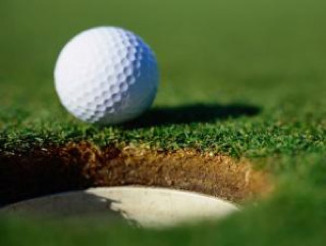50% drop in Herbicide Use; 90% Decline in Insecticides

Concerned about the environmental hazards of landscaping chemicals used to achieve a typical golf course’s manicured appearance, some golf clubs are returning their fairways and greens to a more natural appearance, probably more like the way golf courses looked when the game began. After some adjusting, say officials at the Ivanhoe Golf Club, their members have come to appreciate the changes.
The 27-hole course is a part of the Cooperative Sanctuary System run by Audubon International, an independent environmental group. The program encourages golf course superintendents to preserve wildlife habitat and cut back on landscape chemicals.
Peter Leuzinger manages the greens at Ivanhoe. His environmentally conscious approach to golf course grooming has achieved a 50-percent drop in the use of herbicides and 90-percent decline in insecticides. Spot treating rather than wholesale spraying for pests and disease is part of the solution. Last year, Leuzinger treated only one of his 45 acres of fairway for grubs.
Leuzinger says members quickly approved of the 75 nesting boxes he put around the course, but it was a harder sell convincing them that the native grasses he planted in the out-of-play areas were intentional. “Members at first thought we were being neglectful,” he said. But when the seed heads on the grasses started to bloom and shimmer in the summer breeze, people took a liking to them.
Of 2,200 member courses in the sanctuary system — roughly 15 percent of the nation’s 15,000 golf courses plus other members in Canada and Spain — 135 are fully certified, including the course at Ivanhoe, Illinois. That means they have met Audubon’s criteria for environmental planning, wildlife and habitat management, pest management, water quality management, and water conservation.
Educating golfers that picture-perfect grass is irrelevant to their game prowess is key to the success of the program. At Ivanhoe, Leuzinger says, “We’ve gotten away from the manicured look and into au natural, something that represents what it was like back in the 1700s and offering habitat for wildflowers.”



















